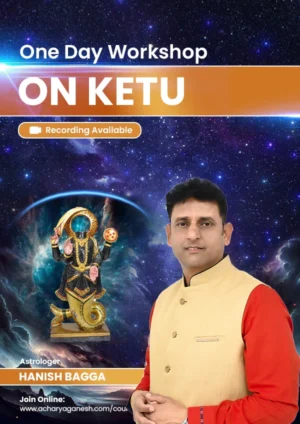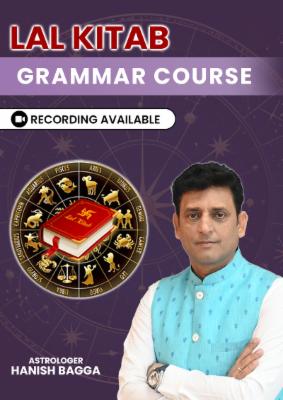Introduction to Mangal Chandika Shakti Peeth
The Mangal Chandika Shakti Peeth is a revered spiritual site with immense significance in Hindu mythology and religion. Located in the heart of West Bengal, this sacred temple is one of the 51 Shakti Peeths scattered across the Indian subcontinent. Each Shakti Peeth is believed to be a place where a part of Goddess Sati’s body fell after Lord Shiva carried her lifeless form and danced the cosmic dance of destruction.
At the Mangal Chandika Shakti Peeth, devotees come to seek blessings and connect with the divine energy of the goddess. This blog post will explore the various aspects of this holy site, including its history, significance, and the experiences it offers to visitors.
History and Mythology
The origin of the Mangal Chandika Shakti Peeth is deeply rooted in Hindu mythology. According to legend, Goddess Sati, the wife of Lord Shiva, immolated herself in the sacrificial fire of her father, King Daksha’s yajna. Enraged by this tragic event, Lord Shiva picked up Sati’s lifeless body and began to perform the Tandava, the dance of cosmic destruction.
To stop Lord Shiva’s destructive dance, Lord Vishnu used his Sudarshana Chakra to dismember Sati’s body. The places where the different parts of her body fell became the Shakti Peeths. At the Mangal Chandika Shakti Peeth, it is believed that Sati’s forehead fell, making it a site of great spiritual power.
Significance of Mangal Chandika Shakti Peeth
The Mangal Chandika Shakti Peeth holds immense spiritual significance for devotees. Here are some key aspects of its importance:
- Divine Energy: The temple is believed to be a source of intense divine energy, attracting seekers from all over the world.
- Wish Fulfillment: Devotees visit the temple to seek blessings for the fulfillment of their desires and to overcome obstacles in life.
- Spiritual Growth: Many believe that visiting the Mangal Chandika Shakti Peeth can accelerate one’s spiritual growth and lead to self-realization.
- Healing Powers: The temple is associated with healing properties, both physical and mental, drawing those in search of relief from ailments.
- Cultural Heritage: As one of the 51 Shakti Peeths, it forms an integral part of India’s rich cultural and religious heritage.
Architecture and Temple Structure
The Mangal Chandika Shakti Peeth showcases a blend of traditional Bengali and North Indian temple architecture. The main temple structure features:
- A towering shikhara (spire) adorned with intricate carvings
- Ornate pillars and arches depicting scenes from Hindu mythology
- A spacious sanctum sanctorum housing the main deity
- Beautiful murals and frescoes adorning the inner walls
- A large courtyard for devotees to gather and perform rituals
The temple complex also includes smaller shrines dedicated to various Hindu deities, adding to its spiritual ambiance.
Rituals and Worship
Devotees visiting the Mangal Chandika Shakti Peeth engage in various rituals and forms of worship. Some of the common practices include:
- Darshan: Viewing the deity and offering prayers
- Aarti: Ceremonial waving of lit lamps accompanied by devotional songs
- Abhishekam: Ritual bathing of the deity with milk, honey, and other sacred substances
- Pushpanjali: Offering flowers to the goddess
- Mantra Chanting: Recitation of sacred hymns and mantras
- Pradakshina: Circumambulation of the temple
It’s important to note that visitors should respect the temple’s customs and dress codes when participating in these rituals.
Festivals and Celebrations
The Mangal Chandika Shakti Peeth comes alive during various Hindu festivals and celebrations. Some of the major events observed here include:
- Navaratri: A nine-night festival dedicated to the worship of the divine feminine
- Durga Puja: The most important festival in West Bengal, celebrated with great fervor
- Kali Puja: A festival honoring Goddess Kali, an aspect of Shakti
- Vasant Panchami: The spring festival dedicated to Goddess Saraswati
- Magha Mela: An annual fair attracting thousands of devotees
How to Reach Mangal Chandika Shakti Peeth
The Mangal Chandika Shakti Peeth is easily accessible by various modes of transportation:
- By Air: The nearest airport is Netaji Subhas Chandra Bose International Airport in Kolkata, approximately 80 km away.
- By Rail: The nearest railway station is Garia, well-connected to major cities in West Bengal.
- By Road: Regular bus services and taxis are available from Kolkata and other nearby cities.
Accommodation and Nearby Attractions
Visitors to the Mangal Chandika Shakti Peeth can find a range of accommodation options to suit their budget and preferences:
- Dharamshalas: Basic, affordable lodging within the temple complex
- Budget Hotels: Several options available in nearby towns
- Luxury Resorts: For those seeking a more comfortable stay
Some nearby attractions to explore include:
- The Sundarbans National Park
- Victoria Memorial in Kolkata
- Belur Math
- Science City
- Indian Museum
Conclusion
The Mangal Chandika Shakti Peeth stands as a testament to the rich spiritual heritage of India. Its profound history, architectural beauty, and the divine energy it emanates make it a must-visit destination for both devotees and spiritual seekers.
As you plan your visit to the Mangal Chandika Shakti Peeth, remember to approach it with reverence and an open heart. The spiritual journey you embark upon here may well be a life-changing experience, connecting you with the divine feminine energy that has been worshipped for centuries.
We encourage you to share your experiences and thoughts about the Mangal Chandika Shakti Peeth in the comments below. Have you visited this sacred site? What was your most memorable moment? Your insights could help fellow travelers and devotees in their spiritual journey.
For interesting astrology-related videos, subscribe to us on Youtube
FAQs about Mangal Chandika Shakti Peeth
- Q: Are there any dress codes to follow?
A: Yes, modest clothing is required. It’s advisable to wear traditional Indian attire or conservative Western clothes. - Q: Can non-Hindus visit the temple?
A: Yes, the temple is open to people of all faiths, but visitors should respect the customs and traditions. - Q: Are photography and videography allowed inside the temple?
A: Photography is generally not allowed inside the main sanctum but may be permitted in other areas of the temple complex. It’s best to check with the temple authorities. - Q: What are the temple timings?
A: The temple is usually open daily from 6 AM to 12 PM and 4 PM to 8 PM. However, timings may vary during festivals and special occasions. - Q: Are there any special pujas that can be performed?
A: Yes, devotees can arrange for special pujas by contacting the temple office in advance. - Q: Is there a guide service available at the temple?
A: While official guide services may not be available, many local devotees and priests are often willing to share information about the temple’s history and significance.





















